
- Home
- Photography Tours
- Diary / Blog
- Galleries
- Foreign Trips
- Tasmania 2016
- NE Queensland 2016
- Western Alps 2016
- NE Spain 2016
- Australia's Wet Tropics 2015
- Australia's Top End 2015
- SW Australia 2015
- Switzerland 2015
- Andalucia 2015
- Belize 2015
- Australia 2014
- Switzerland 2014
- Belize 2014
- Bahama Islands 2014
- Switzerland 2013
- Ecuador 2012-2013
- Florida 2011-2012
- Vancouver Island 2011
- Australia 2010
- Peru 2008
- Bulgaria 2007
- Lesvos 2006
- California 2006
- New Zealand 2005
- Extremadura 2005
- Goa, India 2004
- The Gambia 2003
- About
Belize & Tikal
February-April 2014
Part 2 : Crooked Tree Wildlife Sanctuary
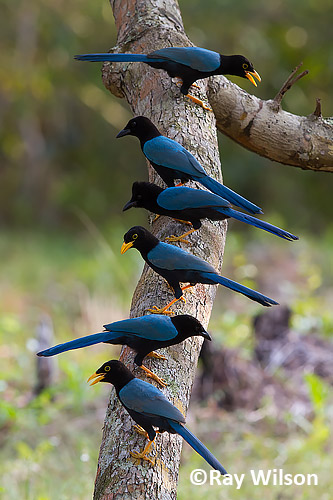
Yucatan Jay (Cyanocorax yucatanicus)
The star birds for the end of February were undoubtably the group of 20-30 Yucatan Jays I found at the back of Crooked Tree village. The birds were feeding on a swarm of ants that were climbing up the trunk of the tree and I couldn't believe my luck when I saw the Jays lining up along the length of the tree trunk to provide an almost perfect composition.
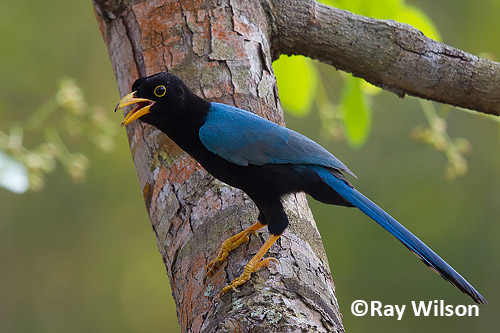
immature Yucatan Jay (Cyanocorax yucatanicus)
Yucatan Jays are unusual in that the immatures, with their yellow bills and eye ring, are more beautiful than the adults, who have wholely black heads. The juvenile plumage is even more spectacular with the black head and breast and belly being replaced by pure white feathers. Unfortunately this is only a very transitory plumage and it is currently the wrong time of year for there to be any juveniles about.
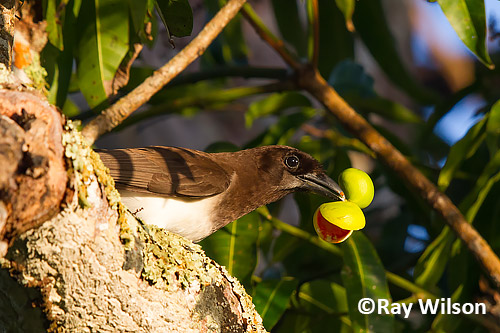
Brown Jay (cyanocorax morio)
The only other species of Corvid in the area is the Brown Jay, who can usually easily be located by their loud, raucous calls.
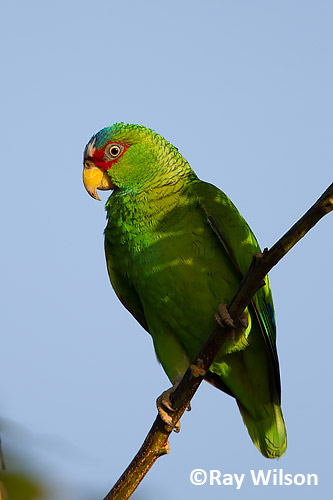
White-fronted Amazon (Amazona albifrons)
Several species of parrot can be found around the village, including the White-fronted and Yellow-headed Amazons shown above and below, although they are often difficult to see when perched since their green plumage blends in so well with the foliage of the trees.
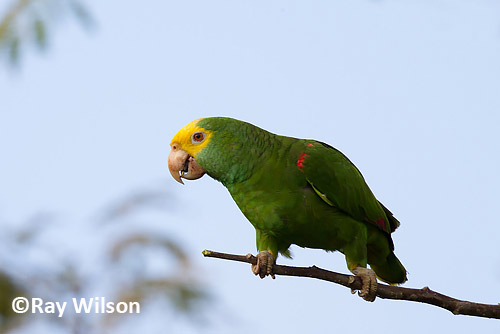
Yellow-headed Amazon (Amazona oratrix belizensis)
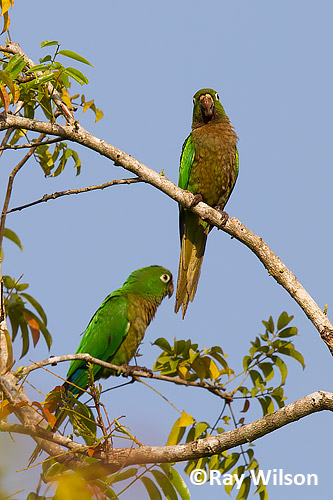
Olive-throated Parakeet (Aratinga nana)
The only parakeet found in the whole of Belize is the Olive-throated Parakeet, and they are numerous around Crooked Tree.
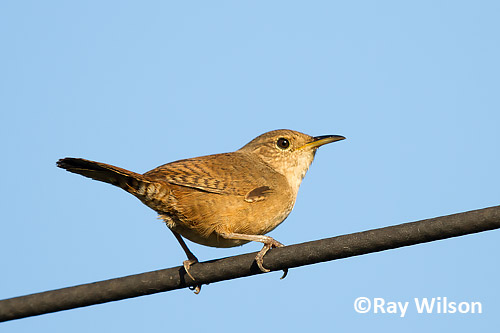
Southern House Wren (Troglodytes musculus)
Other common birds around the village included House Wrens, Tropical Mockingbirds, Melodious Blackbirds, Great-tailed Grackles, Ruddy Ground-doves, Great Kiskadees and Social Flycatchers.
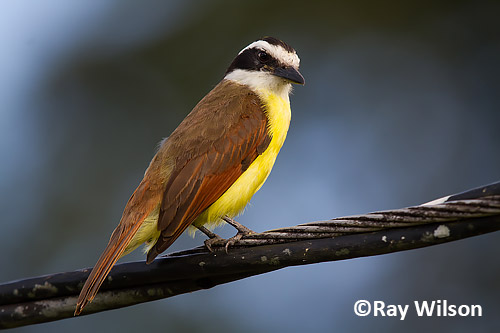
Great Kiskadee (Pitanga sulphuratus)
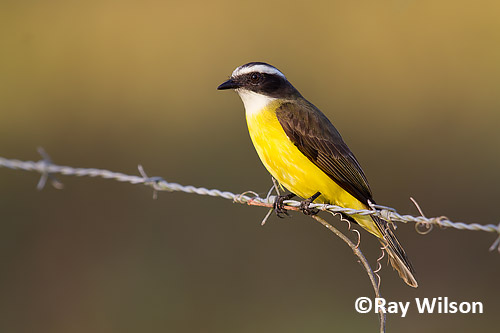
Social Flycatcher (Myiozetetes similis)
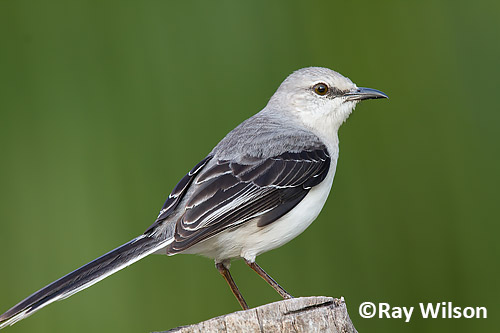
Tropical Mockingbird (Mimus gilvus)

Melodious Blackbird (Dives dives)
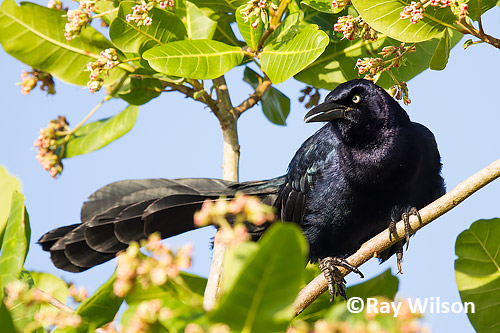
Great-tailed Grackle (Quiscalus mexicanus)
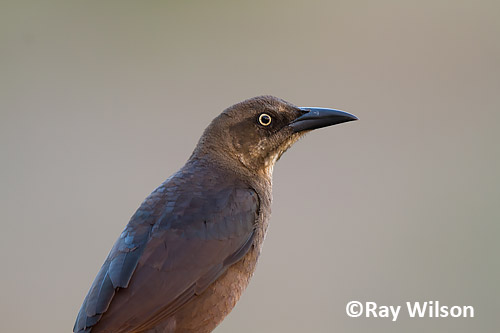
female Great-tailed Grackle (Quiscalus mexicanus)
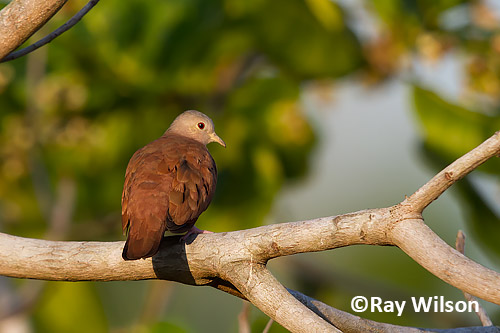
Ruddy Ground-dove (Columbina talpacoti)
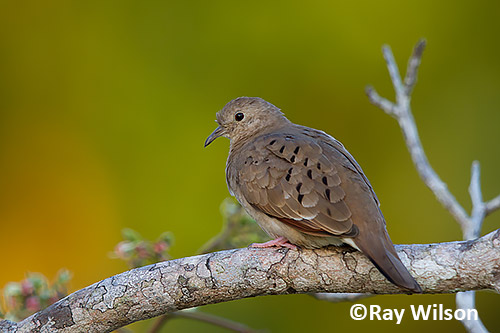
female Ruddy Ground-dove (Columbina talpacoti)
Their habit of basking on the top of exposed tree stumps around the village made the Black Iguanas particularly photogenic in the early mornings...
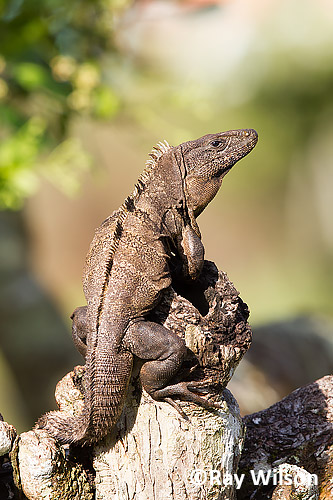
Black Iguana (Ctenosaura similis)
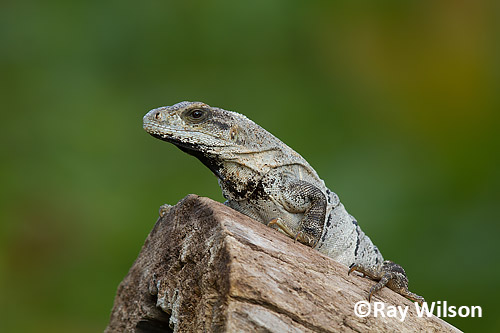
Black Iguana (Ctenosaura similis)
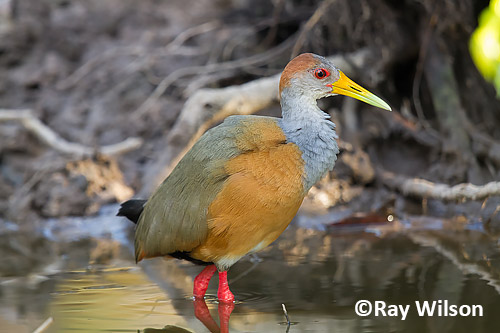
Grey-necked Wood-rail (Aramides cajanea)
A pair of Grey-necked Wood Rails were extremely reliable on one of the roadside ponds and, although secretive, were not at all shy and often approached to within a few metres of me.
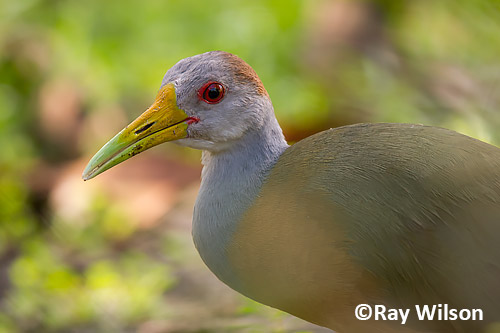
Grey-necked Wood-rail (Aramides cajanea)
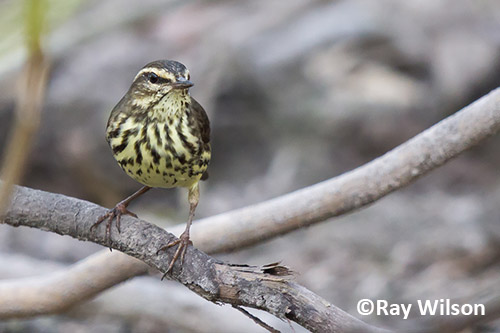
Northern Waterthrush (Seiurus noveboracensis)
Northern Waterthrushes and Common Yellowthroat could also usually be found relatively easily in the same pond.
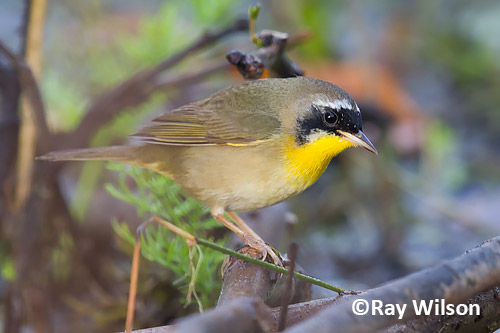
Common Yellowthroat (Geothlypis trichas)
A pair of Striped Basilisks could also often be found here, basking on the low bushes in the early morning sun.
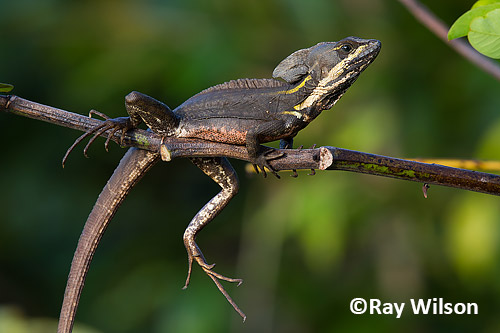
male Striped Basilisk (Basilicus basilcus)
These spectacular lizards are also frequently known as the Jesus Christ Lizard due to their amazing ability to run across the surface of open water for up to 30 feet (10metres).

male Striped Basilisk (Basilicus basilcus)
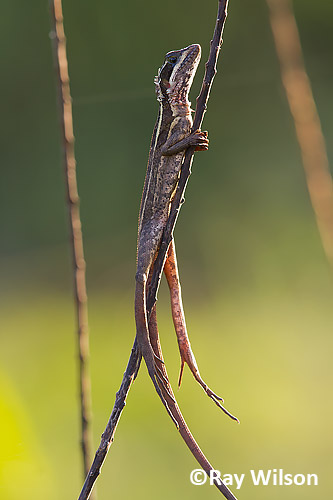
female Striped Basilisk (Basilicus basilcus)
Above the pond, in one of the big trees, a pair of Yucatan Grey Squirrels were busy stripping the bark from the branches...
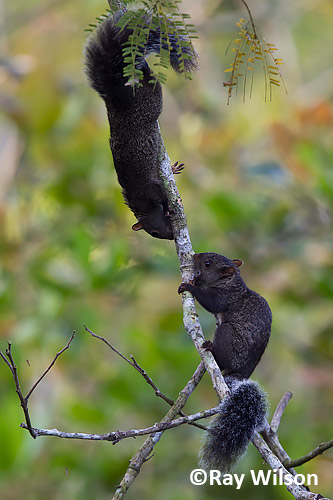
Yucatan Grey Squirrels (Sciurus yucatanensis)
...and in the scrubby bushes along the roadsides, Spot-breasted Wrens and Barred Antshrikes were frequently seen skulking their way through the foliage.
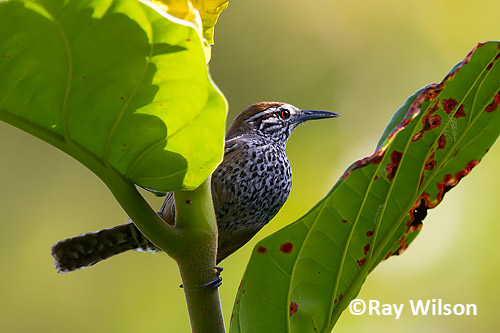
Spot-breasted Wren (Thryothorus maculipectus)
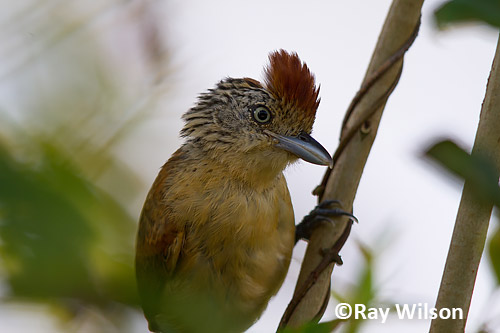
female Barred Antshrike (Thamnophilus doliatus)
Higher up, in the larger trees, Rose-throated Becards, Yellow-olive Flycatcher and Pale-vented Pigeons could occasionally be found.
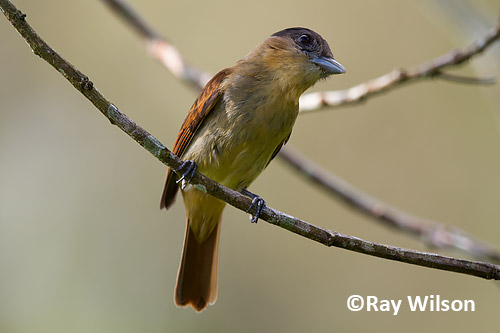
female Rose-throated Becard (Pachyramphus aglaiae)
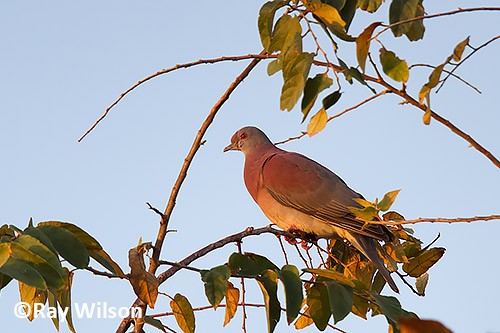
Pale-vented Pigeon (Columba cayennensis)
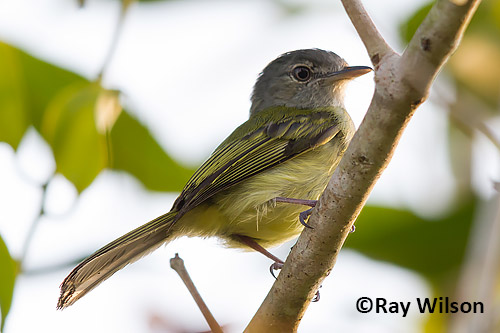
Yellow-olive Flycatcher (Tolmomyias sulphurescens)
The only woodcreeper I've seen so far was a solitary Ivory-billed Woodcreeper that was exploring the roadside fence posts just before sunrise.
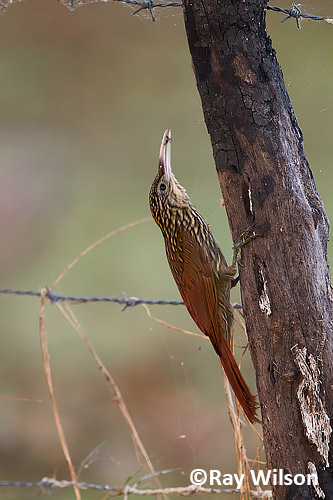
Ivory-billed Woodcreeper (Xiphorhynchus flavigaster)
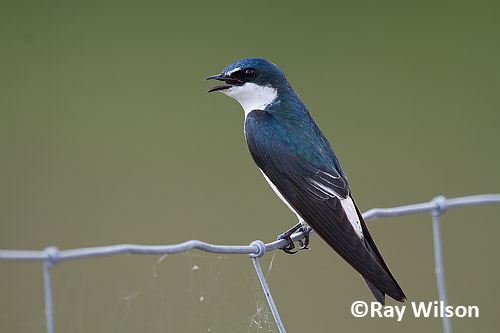
Mangrove Swallow (Tachycineta albilinea)
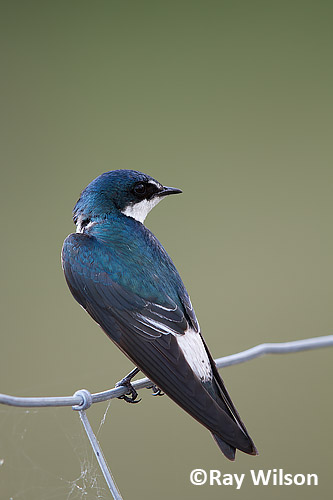
Mangrove Swallow (Tachycineta albilinea)
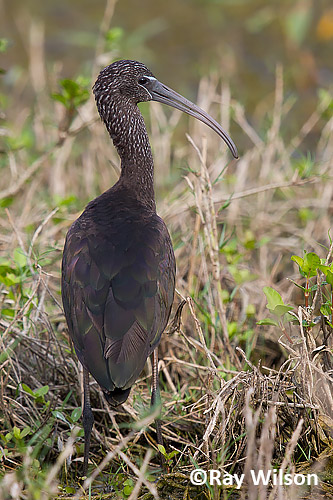
Glossy Ibis (Plegadis falcinellus)
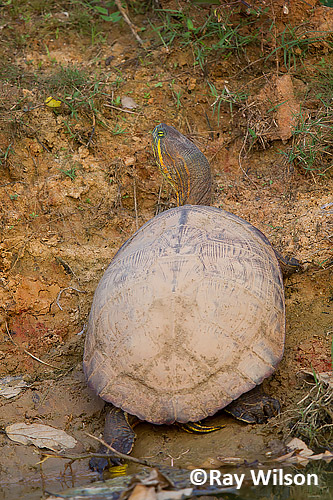
Meso-American Slider (Trachemys venusta)
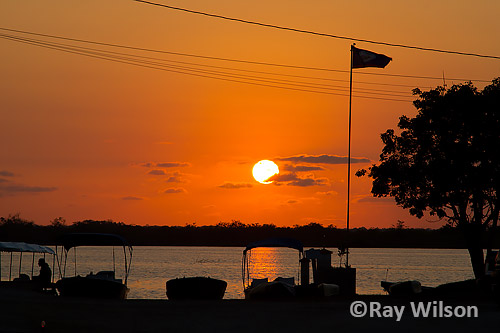
Ray Wilson owns the copyright of all images on this site.
They may not be used or copied in any form without prior written permission.
raywilsonphotography@googlemail.com